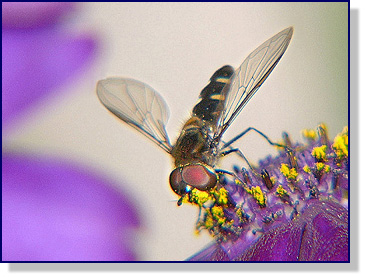
Small Syrphid fly
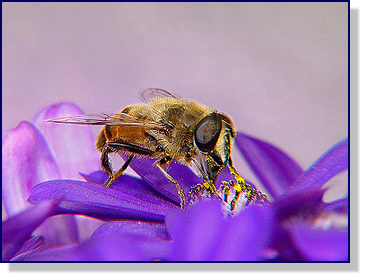
Another hoverfly
Using the Panasonic FZ-10 and a Sony CD-1000 fixed zoom digital cameras for macro
Using just a simple + 3 dioptre can give good results. Better results can be obtained by using a Nikon 6T, a Canon 250D or a Raynox dcr-250. Those are corrected for chromatic aberrations which cause colour fringing, while the simple + dioptre's are not. The advantage comes from having a large optical zoom with good optics. By simply using the zoom, we can vary the ratio wanted. Don't use or switch the camera to the macro mode. Use the full optical zoom for added lenses. Examples from a simple + 3 dioptre added to the front of the FZ10.
 Small Syrphid fly |
 Another hoverfly |
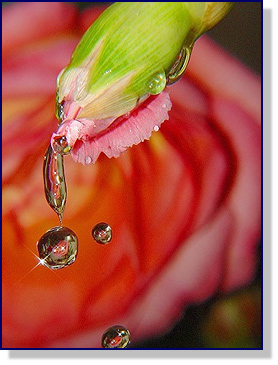 Falling drops from a Carnation bud |
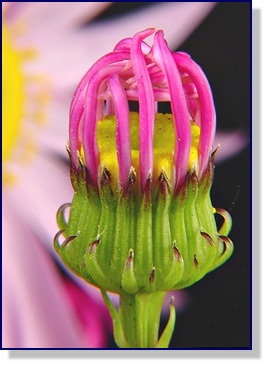 Ready to open |
What I've done to the front of my FZ10 is to permanently fix a filter thread. I do not suggest or recommend this at all. I would urge you to get another reducing hood which are available from several sources on the net. I'm used to this setup from using the Sony CD-1000 in exactly the same way. The other thing you will notice is that I don't always reverse my lenses. To enable this, a rear lens cap, Canon, Nikon, Pentax, etc has the centre cut out. That is then glued using epoxy resin to another filter thread. The added lenses mount onto the rear lens cap and then the complete setup is mounted to the FZ10.
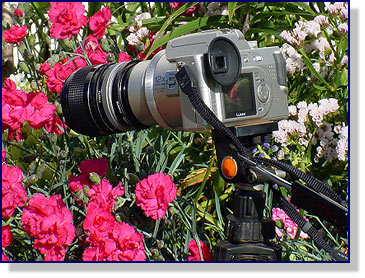
This particular setup is using an added Canon 100mm to the front of the FZ10.
Results from this setup.
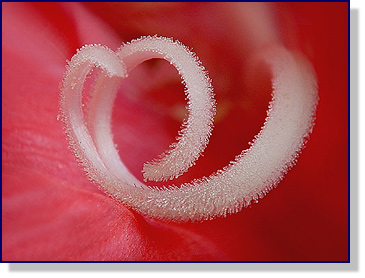 Carnation stamen at around 8mm long |
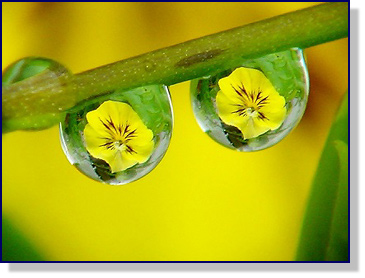 Tiny rain drops in the garden |
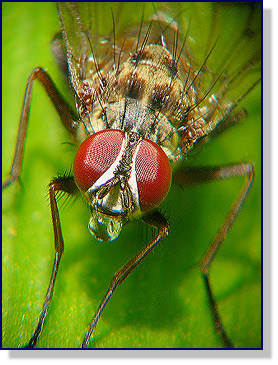 Fly and drop |
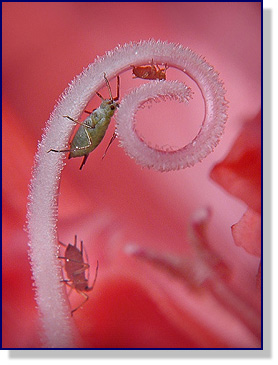 Aphids on a Carnation stamen |
Using the supplied hood, we now insert a Canon 35-70mm zoom, this time in reverse.
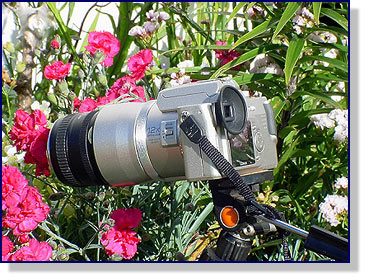
The smaller the focal length of the lens, the larger the ratio
Images from this setup are getting higher ratios as below.
|
Pollen on a tiny pistil inside a flower |
Ant at around 3mm long. We don't have large ant's here |
|
The side on profile of the eye of a robberfly |
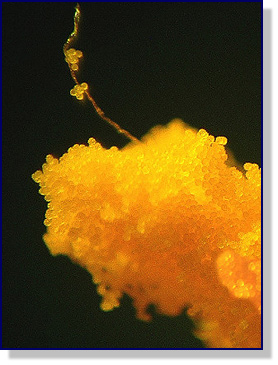 Beads of pollen on a Dahlia |
Note: Some images are from a Sony CD-1000 and some are from a Panasonic FZ10. Both cameras are used in exactly the same way. the only thing that changes, is the resolution.
Also used are a Canon 35mm, Canon 50mm macro, Nikkor 60mm micro and a Nikkor 70-210.
The best way to come to grips with any of these setups is just to try everything and try them out inside on stationary subjects to start with. My personal settings are complete manual. Nothing automatic. Spot metering, I always use F/8, set shutter speed to suit lighting conditions. Generally using flash when appropriate. I always use the viewfinder, this allows more stability and IMO, is easier to focus with. I have the viewfinder set to automatically enlarge the taken image for 1 second, that way I can see if its sharp right away. Spot focus is very clever but I often find for macro, I like to set selective focus myself. I don't use the live histogram for macro work but I do find the magnified centre portion of the viewfinder in manual focus mode real handy for focusing. Items I've found very useful are a Canon rubber viewfinder cap, the Vivitar DF200 flash unit and I use a small table tripod or monopod sometimes.
Danny Young.